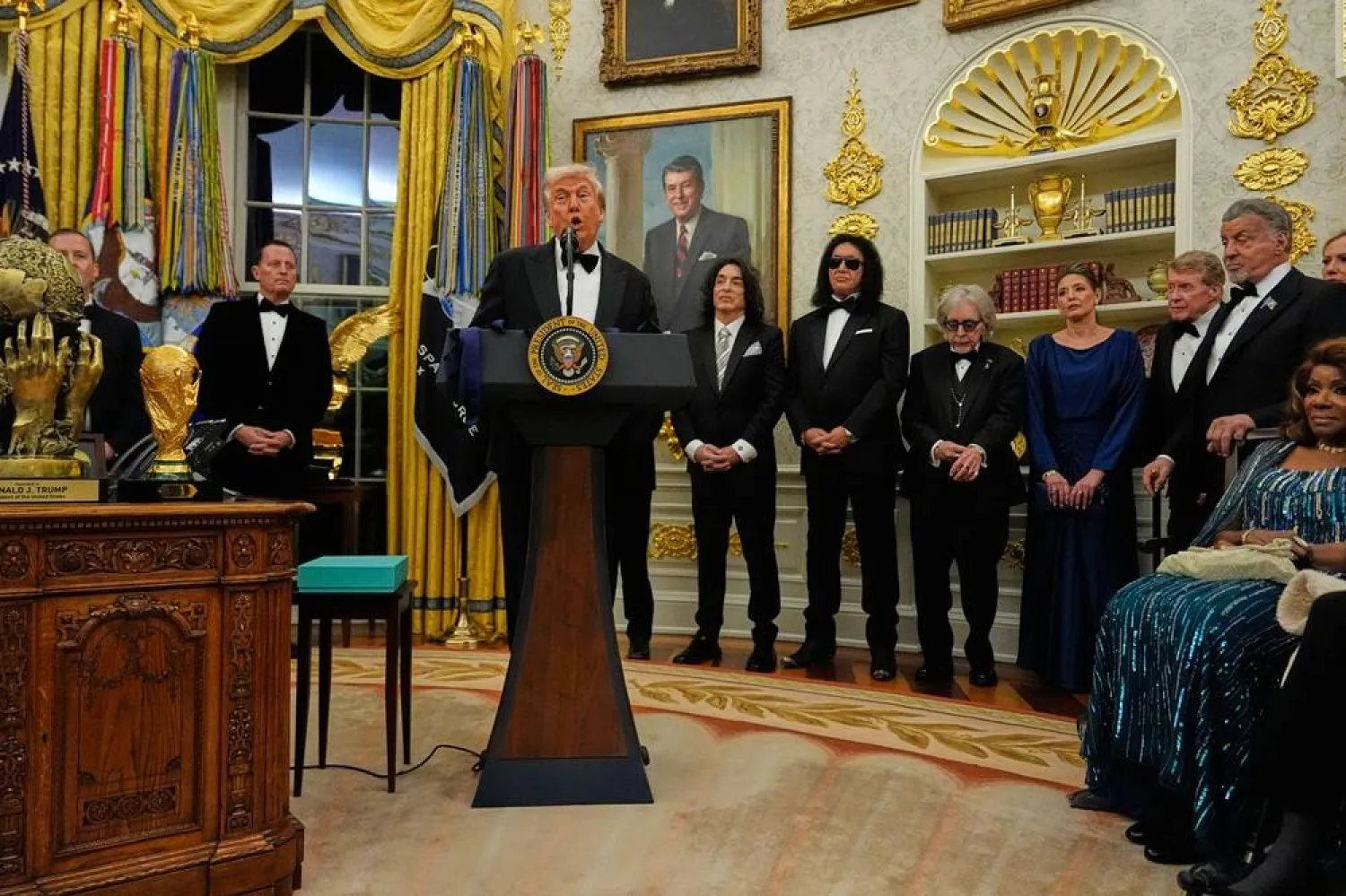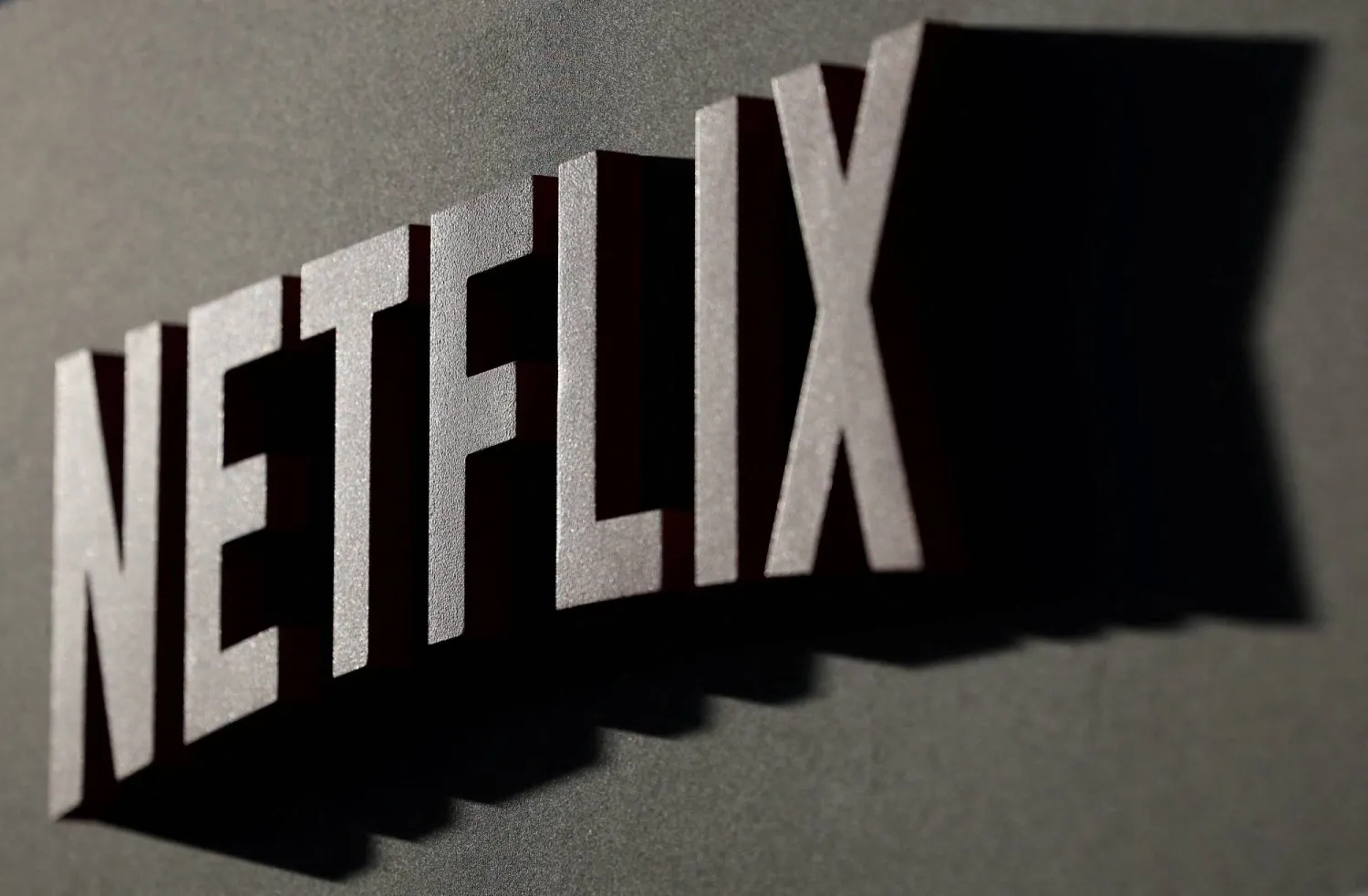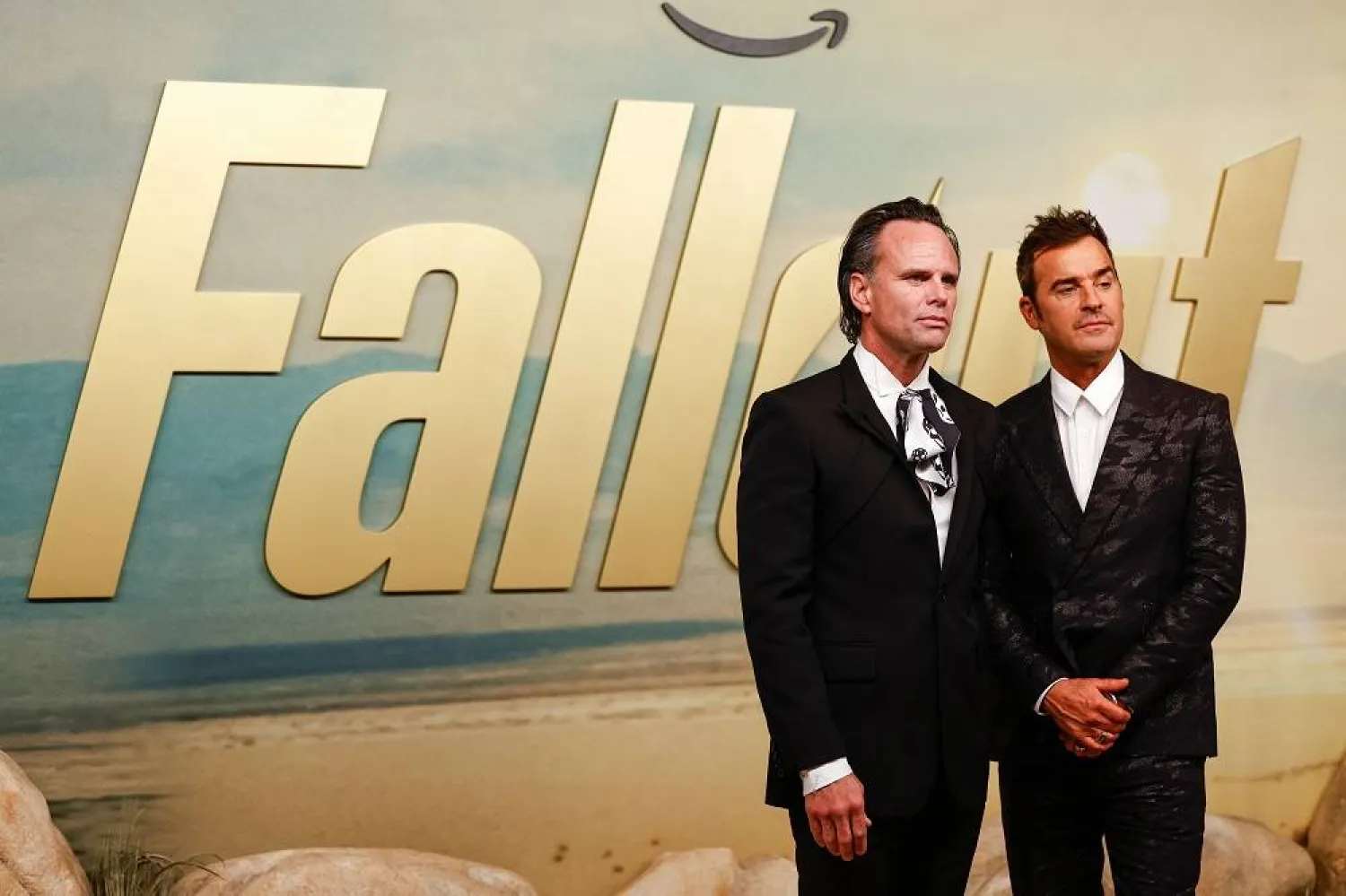Paris broke with tradition on Friday by turning the Olympic Opening Ceremony into a parade down the River Seine rather than a stadium-based show.
TV viewers around the world were treated to a spectacle performed on bridges, the riverbank and rooftops, culminating with French athletes Marie-Jose Perec and Teddy Riner lighting the Olympic cauldron and a performance from Canada's Celine Dion.
However, the 6,000-odd athletes, 3,000 performers, 300,000 spectators and dozens of world leaders had to endure heavy rain for much of the event.
Here's how the world's media judged Paris's ambitious ceremony:
FRANCE
Newspaper Le Monde wrote in a rave review that director Thomas Jolly "succeeded in his challenge of presenting an immersive show in a capital transformed into a gigantic stage".
Right-leaning Le Figaro said the show was "great but some of it was just too much". It said viewers "could have been spared" images including an apparent recreation of the painting of The Last Supper of Jesus and his apostles in front of a fashion show.
UNITED STATES
"Opening Ceremony Misses the Boat" headlined the New York Times's television review.
It wrote that the river parade "turned the ceremony into something bigger, more various and more intermittently entertaining. But it also turned it into something more ordinary — just another bloated made-for-TV spectacle".
The Washington Post was more glowing, noting that the organizer's "bold thinking" brought a shine back to an event that has seen its popularity wane in recent years.
CHINA
China's Xinhua state news agency said the ceremony succeeded in showcasing France.
"There were Can-Can girls, a homage to the reconstruction of Notre Dame and of course the French Revolution, with fireworks, heavy metal and singers who appeared to have lost a battle with the guillotine.
"If there was a downside to the ceremony, it is that any event performed over such a long distance has to struggle with continuity, and the big difference between this ceremony and others is that the parade of athletes was mixed in with the performances."
SOUTH KOREA
South Korean media noted the "impressive" imagination of using the whole city as the backdrop but the event was overshadowed by the country's team being misintroduced as North Korea.
South Korea's CBS radio said while the incident was no doubt an honest mistake, it was disappointing the Paris organizers failed at what should have been a very basic part of the event.
GERMANY
"As beautiful as it was mad," wrote Germany's Frankfurter Allgemeine. "France revolutionized the opening ceremony ... by the end even the rain had been defeated."
Tabloid Bild was bowled over by Celine Dion's return to the stage after four years, defying illness to "sing just as in the best of times. She deserves a gold medal for this performance."
BRITAIN
British tabloid The Sun joked "Wet The Games Begin!" on its front page alongside an image of the Eiffel Tower surrounded by laser beams, and described the ceremony as spectacular.
The Daily Mail's headline read "La Farce!", mainly in reference to the train disruption earlier in the day, but the paper also judged Paris's gamble on the weather had "backfired spectacularly".
A writer for the Guardian newspaper described the parade of boats on the Seine as "like watching an endless series of weirdly nationalistic office parties" but concluded Celine Dion had rescued the event with a "jaw dropping" performance.
ITALY
La Gazzetta dello Sport said the ceremony was "something unprecedented, even extraordinary. A great show or a long, tedious work, depending on your point of view and sensibility."
The mainstream Italian newspaper Il Corriere della Sera likened the show to a contemporary art performance, noting that "some (spectators) were bored, others were amused, many found the spectacle disappointing".
The left-leaning Italian daily La Repubblica said the ceremony overshadowed the athletes.
"A lot of France, a lot of Paris, very little Olympics.... a mirror that the immortal Paris turned on herself and discovered that she was so much, too much and soaking wet".









